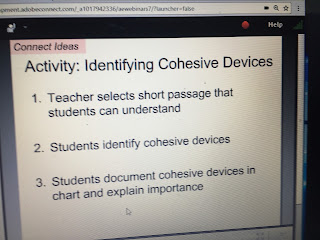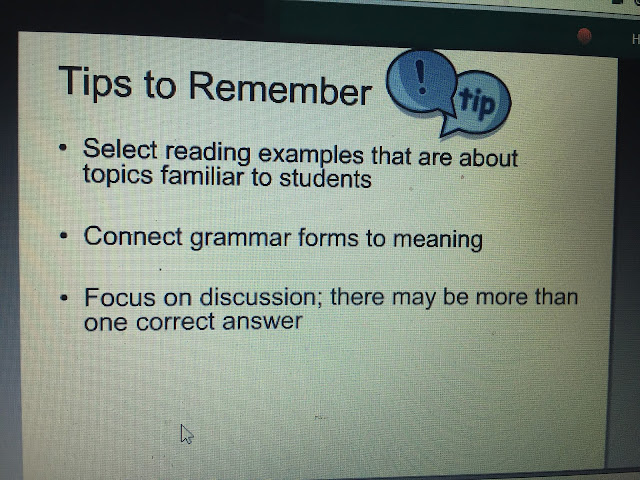It was a warm welcome back to the friendly confines of SJKC Jingjang. I was greeted by the dynamic duo Puan Lim (GB SJKCJ2) and Mr. Tiong (SED). The crack English teaching squad of SJKCJ2 and I got reacquainted. Note to mention Teacher AB who I hadn't seen in a year. That's right, you read correctly, there 2 ABs in the house for this English Event. The students, about 85 mixed ability Year 6 students, were charged.
After a brief intro, the game was afoot. We started with one of my fave questions, "Is easy English easy to learn?" I was able to elicit genuine responses and the majority felt English was difficult to learn. Since the crowd was diagnosed, it was time for so motivational English meds (non-pharma, of course). A quick survey determined the almost of the students knew how to play ping pong. Therefore, we watched Ibrahim Hamadtou inspires us by playing ping pong without any arms. The questioned was posed to the crowd, "Is it easier to learn English or play ping pong without arms?" They unanimously agreed learning English is easy. The entire crowd was tuned up with the "Yes, I can" attitude.
Our object was to review grammar and make it fun. It is important to note, games are a tool of enrichment, not a substitute for teaching. The students watched Schoolhouse Rock videos on nouns, verbs, adjectives and verbs. After each parts of speech, the students were given 2 minutes to make a list of the nouns, verbs and adjectives.
Next, we shifted gears and learned how to write with sentence variety. Students reviewed terms: simple, compound and complex sentences. Students learned FANBOYS and successfully completed simple and compound sentence scramble tasks. Next, we played round of Judge Jody to discern complete from incomplete sentences. The group's grammar proficiency and confidence was growing.
In the afternoon session we quickly turned our focus on apostrophes. We reviewed terms of contractions and possessives. Students cheerfully played a round on of Cracking Down On Possession. In pairs, they completed a worksheet on apostrophes. Afterwards, students rotated in pairs around the room on 32 Apostrophe tasks cards stations.
The final session was amped up. The students had been primed with review from the day before. Students played a few rounds of living sentences to practice sentence structure. They were thrilled with Parts of Speech Uno. The teachers marveled over the enthusiasm of the crowd. They played in groups of 6 and had many opportunities to apply the parts of speech. It was going to be hard to top the last activity, but the finale was power packed. We went outside and played a few rounds of Parts of Speech Vocabulary Water Balloon Toss. It was big splash and a perfect end to some dynamic English days.
 |
| AB and AB |




















































